Virtual reality is revolutionizing the way children recover from brain tumour treatment, offering hope and engagement through immersive therapy. This innovative approach is transforming pediatric neurorehabilitation, making the path to recovery more interactive and motivating for young patients who face unique challenges after their diagnosis and treatment.
While traditional rehabilitation methods remain effective, they often struggle to engage children, who may find repetitive exercises tedious or difficult to access. Virtual reality (VR) therapy offers a fresh solution—immersing children in interactive environments that make essential therapy not only effective but also enjoyable and accessible, especially for those recovering from brain tumours.
Bridging Technology and Pediatric Care
In the UK, a groundbreaking project is underway, harnessing VR technology to support children after brain tumour treatment. This initiative is a collaborative effort among leading research institutions and children’s hospitals, such as Sheffield Hallam University and Great Ormond Street Hospital. The project's goal is to make rehabilitation more engaging and accessible, giving young patients an enjoyable way to regain strength and function.
The Importance of Focusing on Pediatric Brain Tumours
Brain tumours are the second most common type of cancer in children. Each month, over 30 children in the UK receive this diagnosis, facing not only the disease itself but also the lasting effects of treatment. With survival rates reaching up to 75% five years after diagnosis, enhancing quality of life and supporting comprehensive recovery have become critical concerns in pediatric care.
How VR Therapy Supports Recovery
The innovative VR game being developed serves as a supplementary tool to traditional rehabilitation, focusing on children who experience physical symptoms such as muscle weakness, balance issues, and movement difficulties following brain tumour surgery. Rather than replacing conventional therapy, this approach enhances it—transforming essential exercises into interactive and motivating experiences tailored specifically for kids.
Key Features and Impact of VR Therapy in Pediatric Rehabilitation
The VR therapy system integrates several dynamic features designed to improve outcomes for children. Immersive experiences encourage movements like stretching, bending, and rotating, all within captivating narratives that keep young users engaged. The therapy is tailored to individual abilities and needs, ensuring that every child receives a structured and personalized rehabilitation plan. Additionally, collaboration with families and clinicians ensures that the approach is both clinically robust and genuinely child-friendly.
Future enhancements are planned to include integration with wearable devices, which will allow for real-time monitoring of health metrics and exertion levels. This holistic approach not only motivates children but also enables healthcare providers and families to track progress more effectively.
Building on Success: Lessons from Luna’s Light
The current project draws inspiration from Luna’s Light—a multi-award-winning VR system that has demonstrated significant benefits in upper limb motor recovery for children. This earlier system showed that immersive VR therapy can reduce perceived pain during rehabilitation sessions, improve motor outcomes, and boost adherence to prescribed exercises. The new project seeks to expand these advantages to help children recovering from more complex brain tumour surgeries regain strength, movement, and confidence.
By blending clinical expertise with the latest technology, the initiative sets a new standard for what pediatric rehabilitation can achieve—transforming therapy from a chore into an adventure for young survivors.
Setting a New Standard: The Future of Pediatric Neurorehabilitation
The integration of virtual reality into neurorehabilitation marks a significant evolution in healthcare for young people. This collaborative approach—uniting hospitals, universities, families, and tech innovators—ensures that every aspect of the therapy is both effective and engaging. Children are empowered to actively participate in their own recovery journey, leading to better outcomes and greater enjoyment along the way.
Virtual reality therapy is opening new doors for children surviving brain tumours—reshaping arduous rehabilitation into an empowering and engaging journey. As the project continues over the next 18 months, it is poised to set a precedent for using technology to create more humane, accessible, and effective healthcare solutions for young patients.
For those interested in learning more about this pioneering initiative, further details can be found by visiting Open Access Government.
Let’s continue to support innovations that bring healing and hope to every child’s recovery journey—where therapy meets imagination, and technology fosters brighter futures.
Stay inspired and keep imagining the future of therapy—where healing meets innovation.

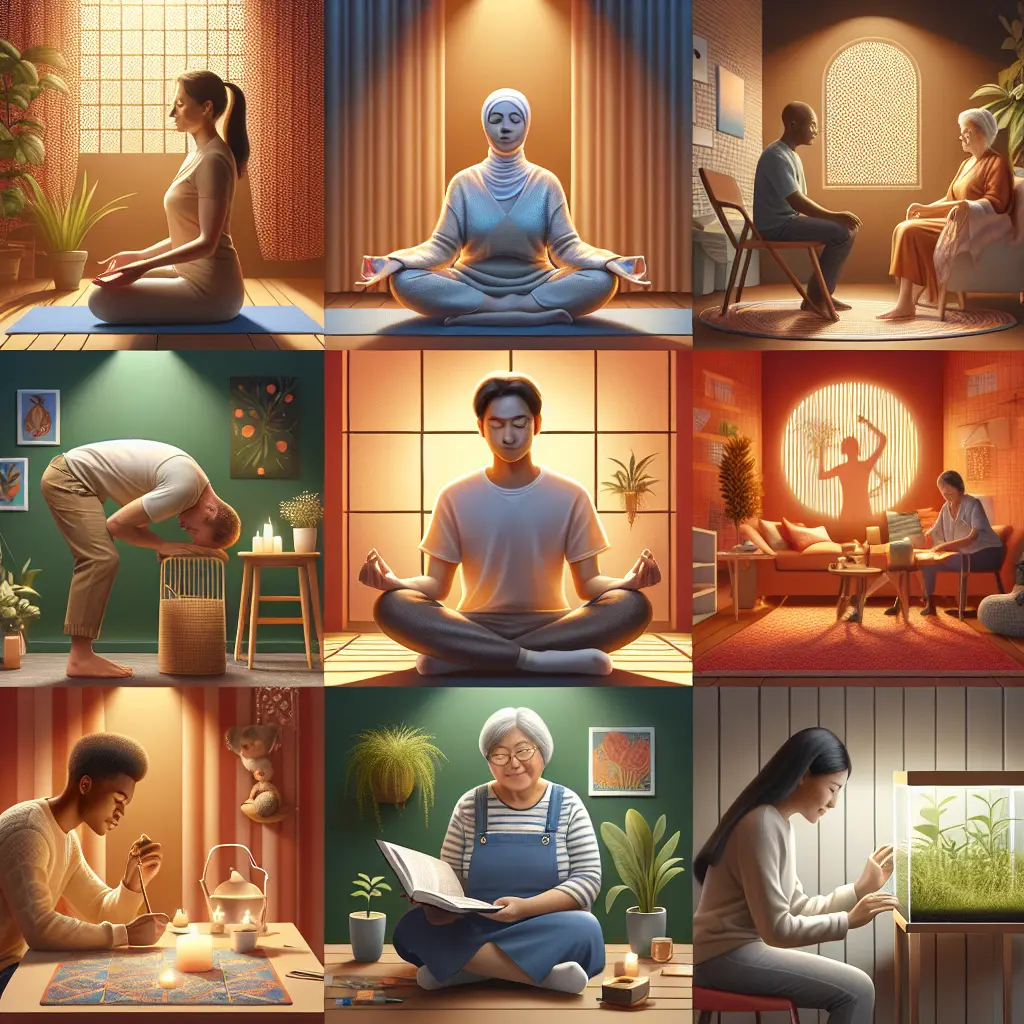
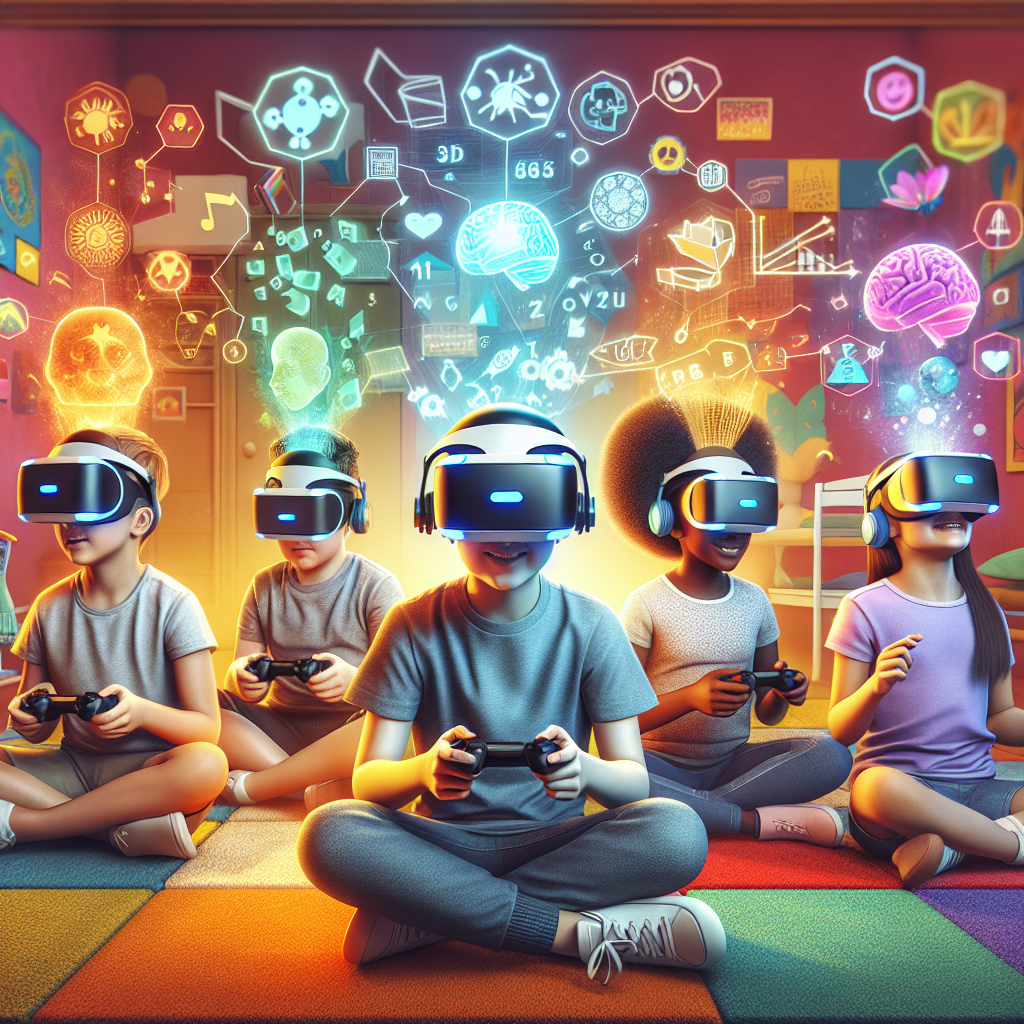

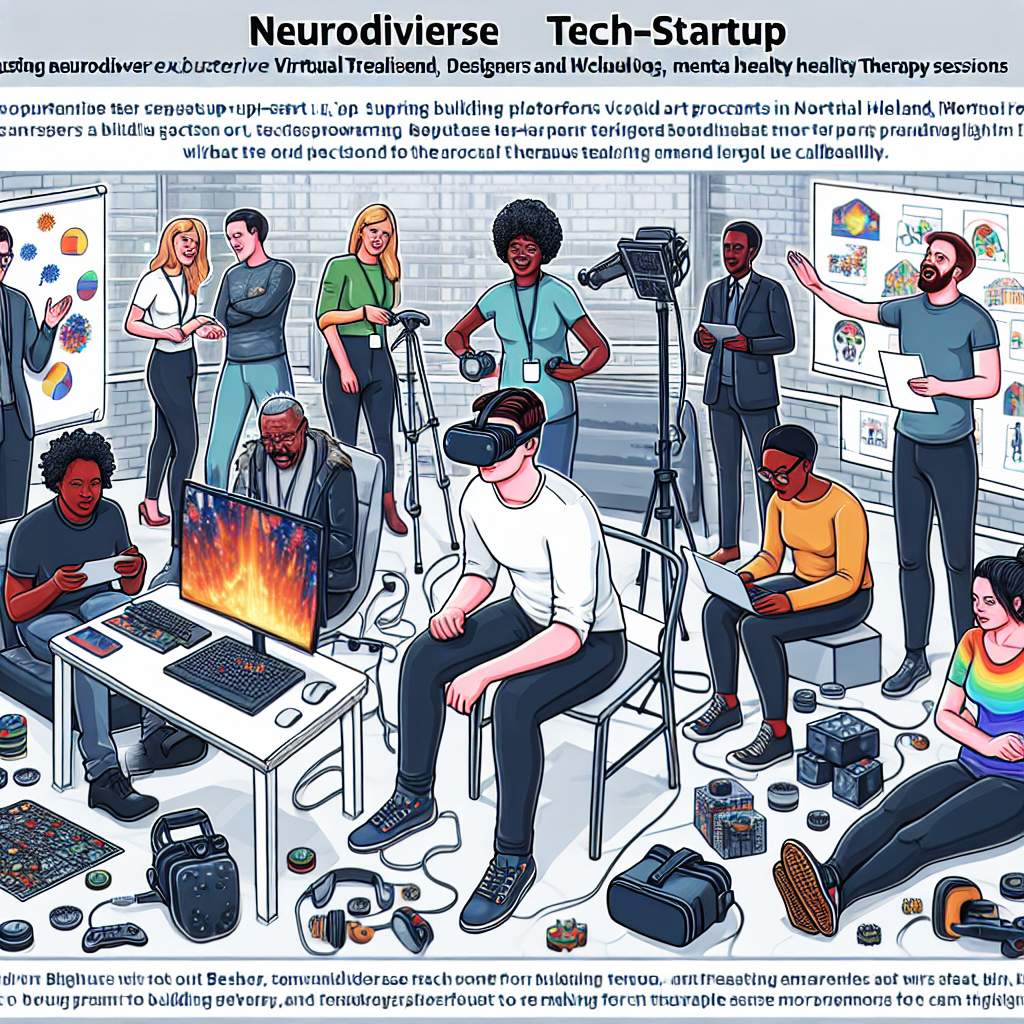
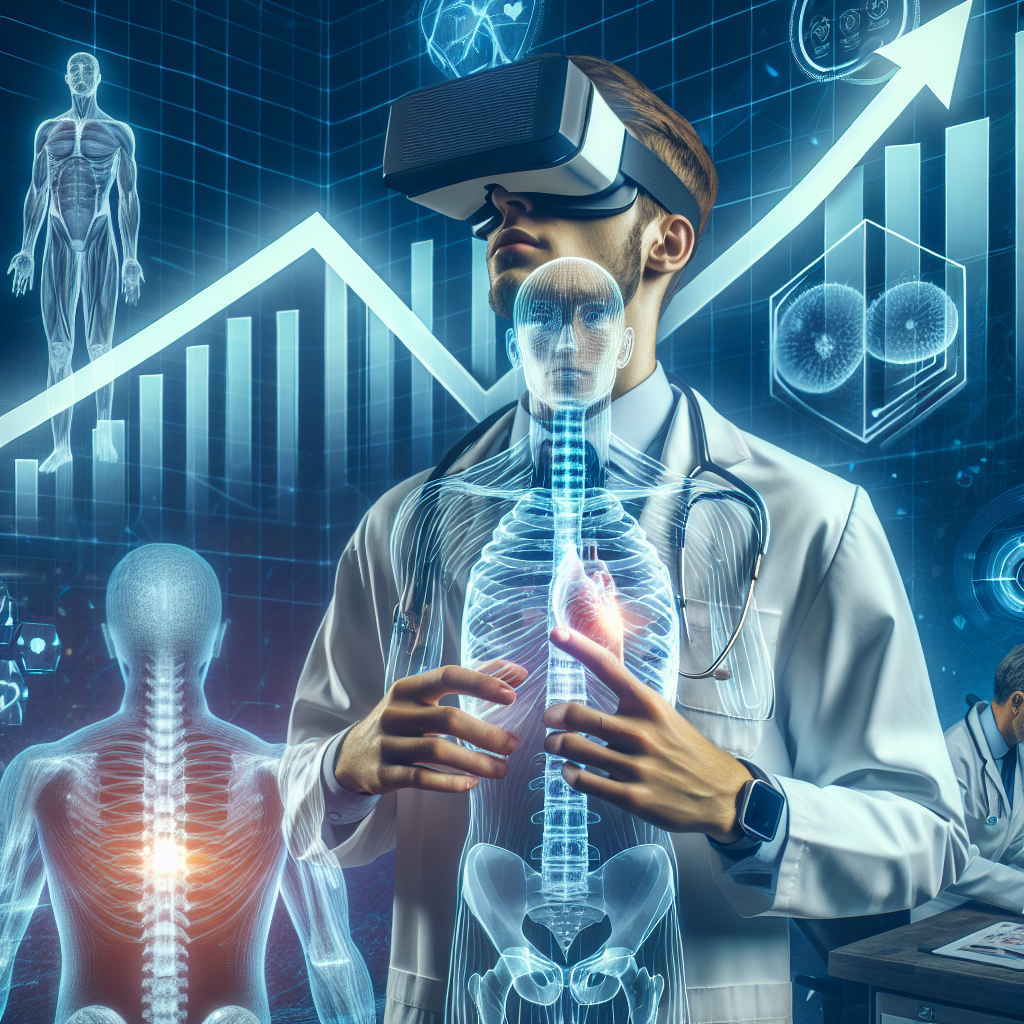
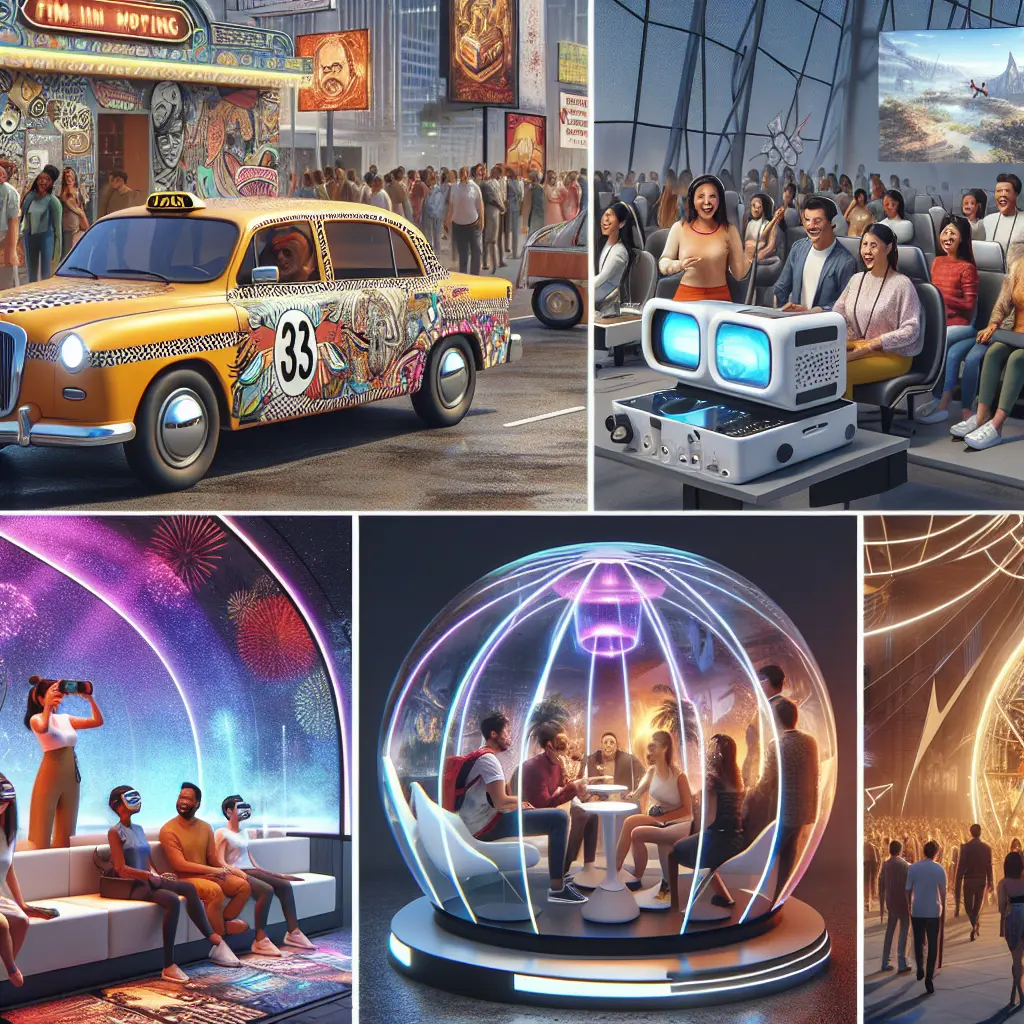
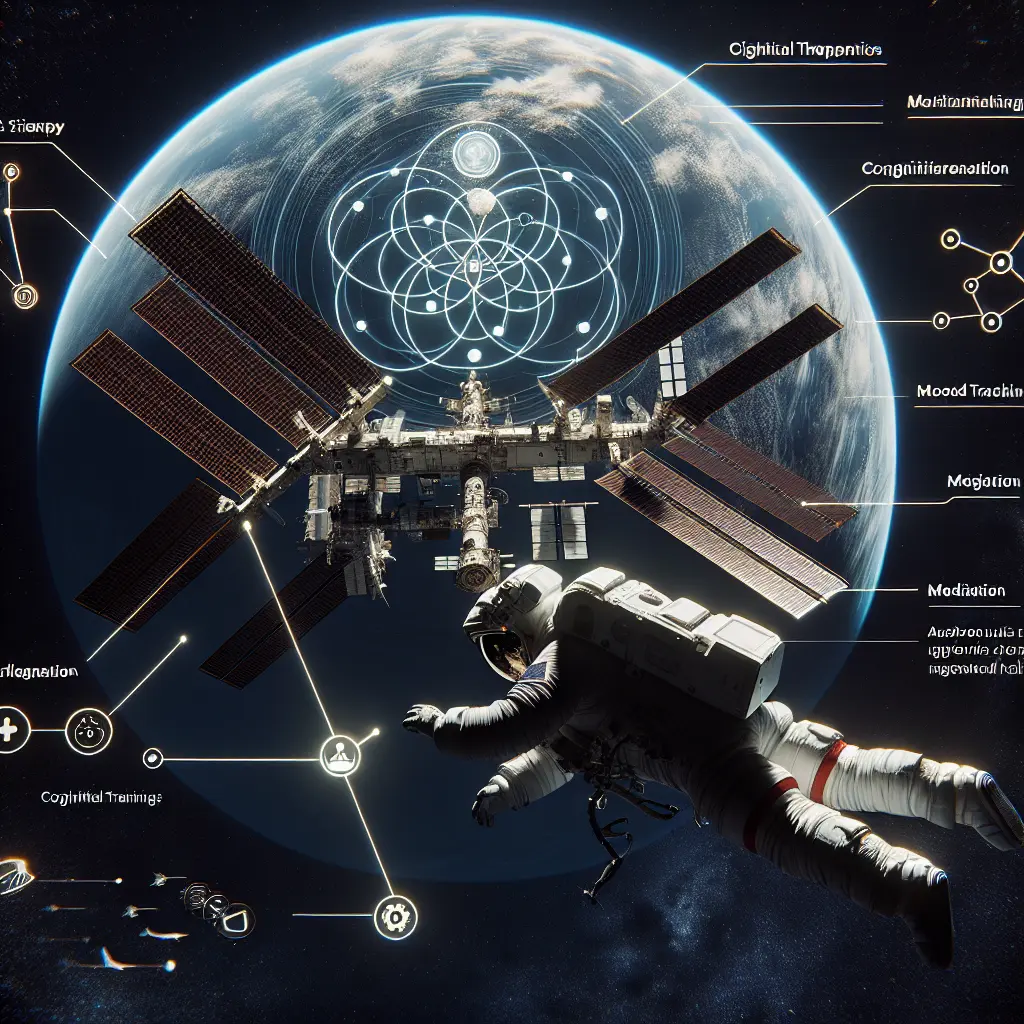
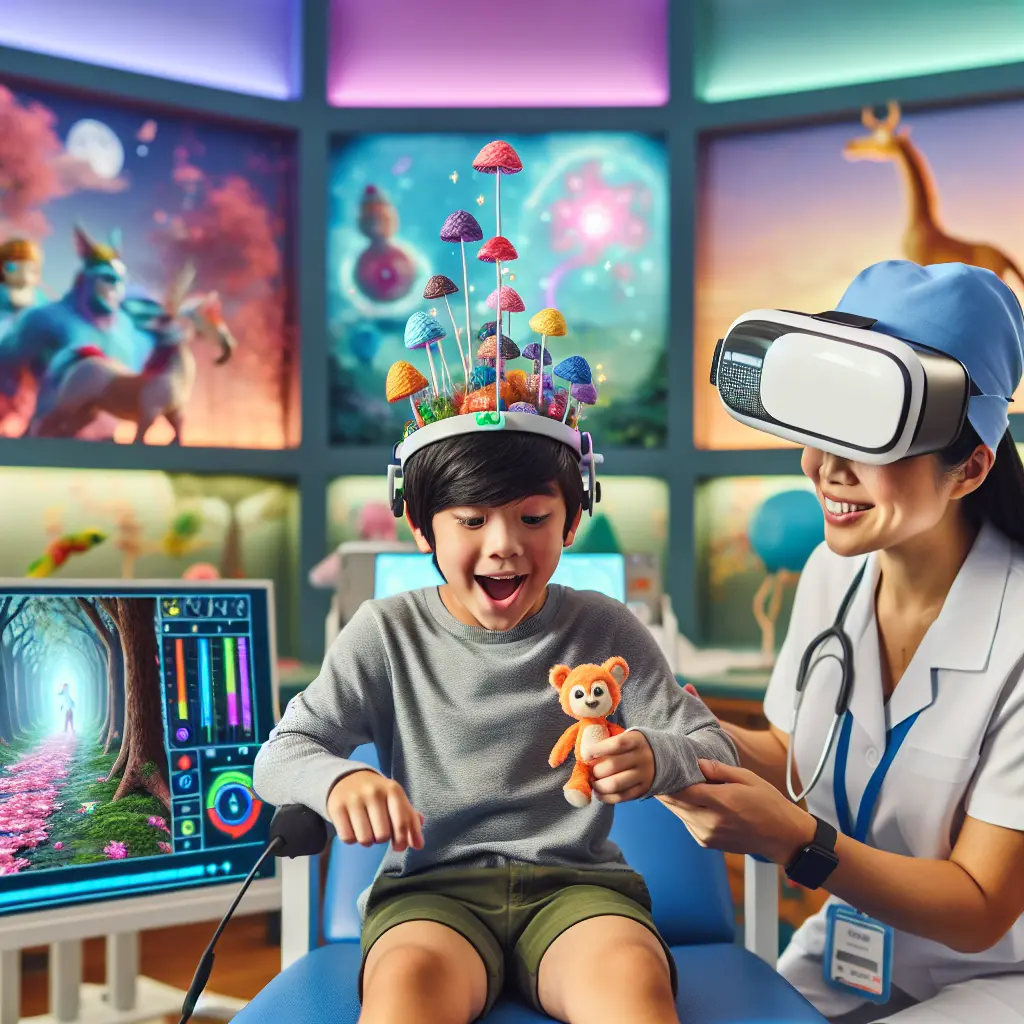
Leave a Comment